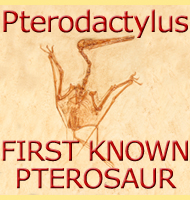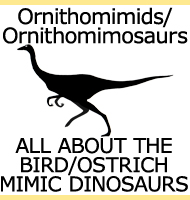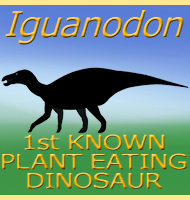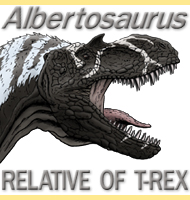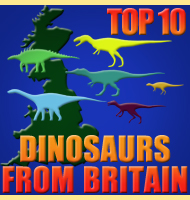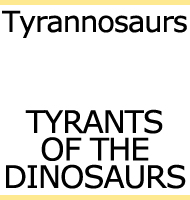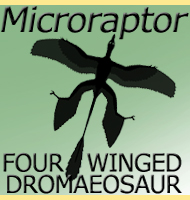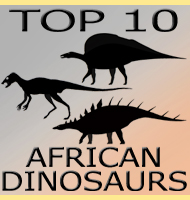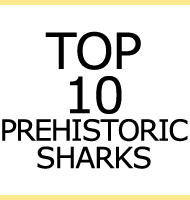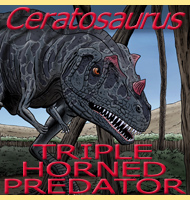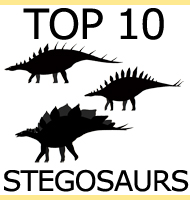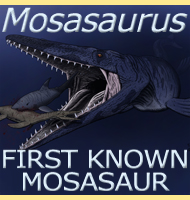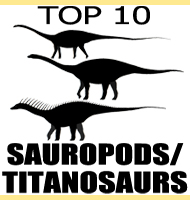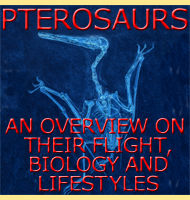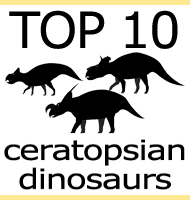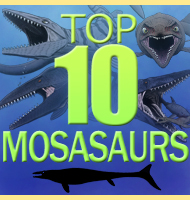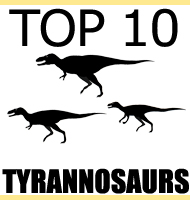


Top 10
HADROSAURS
10 - Magnapaulia
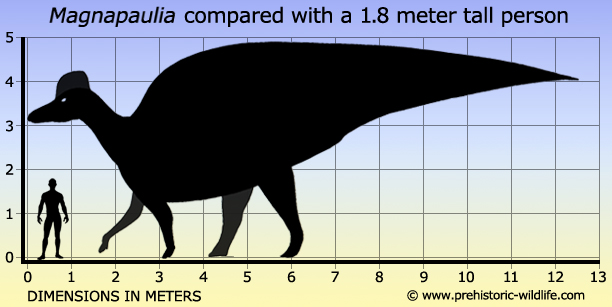
The hadrosaur dinosaurs are all noted for having high neural spines on their vertebrae, but those of Magnapaulia are particularly high. This has led to fresh speculation that Magnapaulia may have used these spines to increase body area to help with swimming, like a huge paddle. However in the past this idea has been speculated for other hadrosaurs too, including those that lived on large plains. In actuality whether hadrosaurs swam frequently and for extended periods may have been more down to population locations and local features rather than a predisposition to the activity. The spines might equally have been to increase a display area, or to help prevent large predatory dinosaurs like tyrannosaurs inflicting a bite to the spinal cord.
9 - Gryposaurus
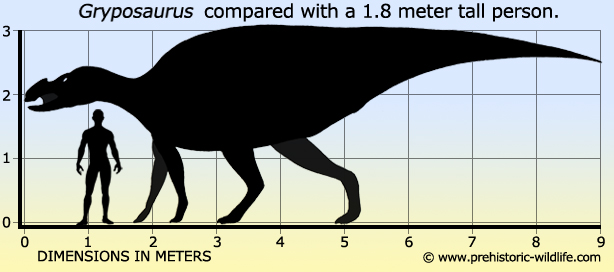
There is no known evidence that suggests a skull crest in Gryposaurus, but then the crest might not have been here given the greatly enlarged nasal structure. This was almost certainly the support for a large nasal display, though exactly what shape is uncertain. Softer tissues may have wrapped around the bone to create a similarly shaped display, or the bone may have simply been the anchor point for an even larger display feature.
8 - Saurolophus
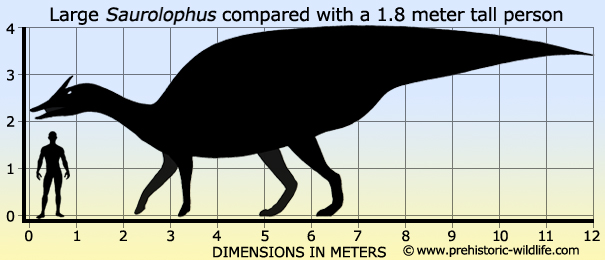
Saurolophus is the type genus of the saurolophinae, a group of hadrosaurids that are noted for having no to very small solid bony crests. Saurolophus is also one of the few hadrosaur genera known from both Asia and North America, indicating that as a genus Saurolophus was particularly successful. Key to this success may have been adaptability given that Saurolophus fossils are known from both inland and coastal areas.
7 - Secernosaurus
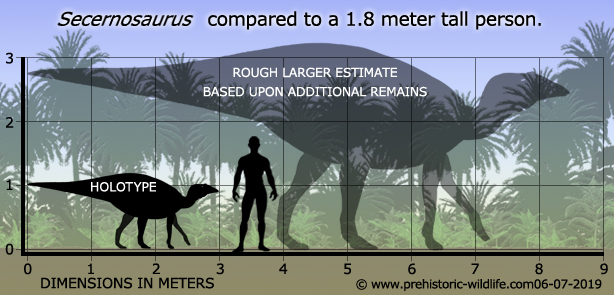
Hadrosaurids have been found to be very common in both North America and Asia, but are not very well known from elsewhere. So imagine how surprised palaeontologists were when a hadrosaurid was discovered in South America, a continent that was supposed to have been isolated from North America and the rest of the world at the time that hadrosaurids were walking it. This could mean one of two things. One is that the ancestors of the ancestors of the hadrosaurids the hadrosauroids that had evolved from the ornithopods of the Jurassic made it to South America when it was still connected to Africa, and continued to evolve along the same lines as hadrosaurs in other parts of the world. This would have been around the early cretaceous as explained by the presence of spinosaurid theropods in both Northern Africa and South America at this time. Carcharodontosaurs are also known from both continents. The second theory is that for a relatively short time North and South America were reconnected for a short period of time, but long enough for a faunal interchange between the two. Either way, Secernosaurus is no longer the only genus of hadrosaur known from South America with Willinakaqe being another.
6 - Shantungosaurus
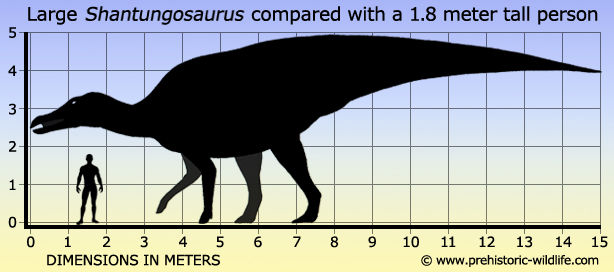
Shantungosaurus may just be the largest hadrosaurs that ever walked the Earth. This colossal size also makes Shantungosaurus to potentially be the largest ornithischian (bird hipped) dinosaur to walk the Earth (note, the huge sauropods and titanosaurs were saurischians). There are not currently any known head display features, though the nasal openings of the skull are notably large. This may indicate the presence of a soft tissue display feature, or perhaps the nasal opening were larger simply to provide the much larger body with proportionately more oxygen.
5 - Lambeosaurus
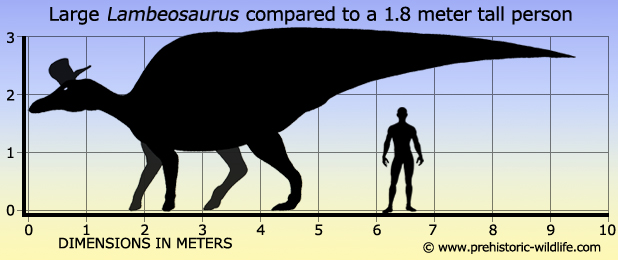
Lambeosaurus is the type genus of the lambeosaurinae, the group of hadrosaurids that are noted for having hollow bony crests, some of them quite elaborate. The crest of Lambeosaurus is most commonly described as hatchet shaped, with the ‘blade’ pointing up and forwards, and the ‘handle’ pointing backwards. Because the crest is hollow, it has been speculated to be a form of resonating chamber that amplified the sounds of calls, though it may have been hollow just to save on the weight sitting on top of the skull. The long taxonomic history of Lambeosaurus is important learning for those studying hadrosaurs, given that study of Lambeosaurus goes back to the early twentieth century, and at times criss-crosses with other genera and species.
4 - Maiasaura
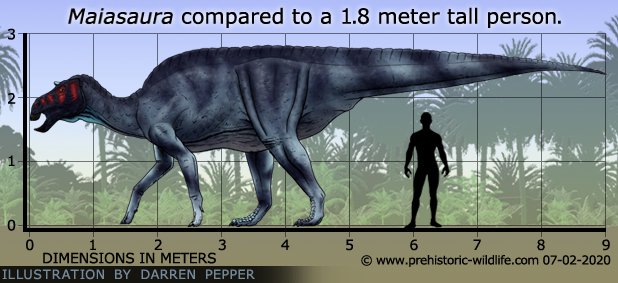
Maiasaura means ‘good mother lizard’, and this is a reference to the area that has been dubbed ‘egg mountain’. This area seems to have been a huge nesting area for Maiasaura, and was amongst the first clear indications that hadrosaurs, and quite possibly dinosaurs in general, actually took the time and effort to raise their young, and not abandon them to the wilds, a popular misconception prevalent in early depictions of dinosaurs.
3 - Hypacrosaurus
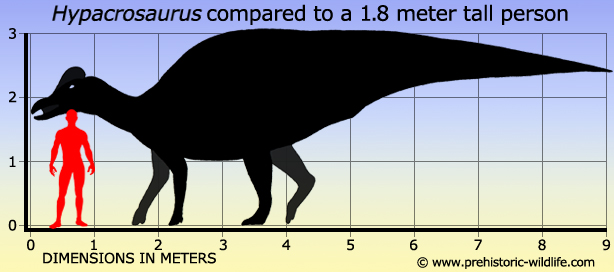
Hypacrosaurus was named over fifty years before Maiasaura, but it was new discoveries for the genus that took place after the naming of Maiasaura that saw large numbers of eggs and juveniles added to the genus. This has helped palaeontologists to get a clearer indication of how juveniles grew and developed, including the physical changes in body proportions. Hypacosaurus was similar to the more famous Corythosaurus, and the name means ‘near the highest lizard’. This was actually a reference to the genus Tyrannosaurus which has popularly been dubbed the highest dinosaur in terms of popularity.
2 - Parasaurolophus
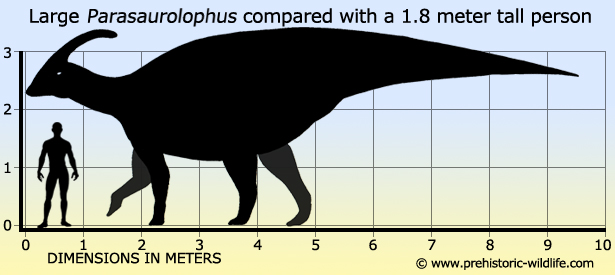
Parasaurolophus is amongst the most popular hadrosaurid dinosaurs, and it’s all thanks to the unusual head crest that rises up from the top of the skull. This crest is hollow and over the years a great many theories have been devised as to the function of the crest (discussed in detail on the main Parasaurolophus page). For a long time Parasaurolophus was considered unique, but at least one another genus of hadrosaur named Charonosaurus had a similar head crest to Parasaurolophus.
1 - Edmontosaurus
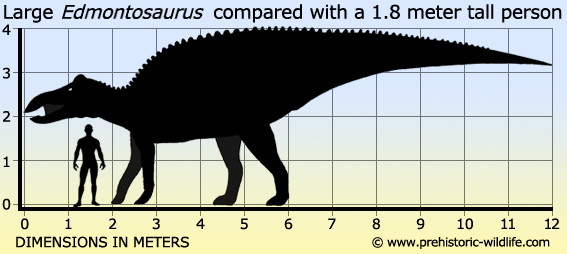
Anyone
interested in the science and study of hadrosaurid dinosaurs needs to
look at one genus more than any other: Edmontosaurus.
Even with
roughly a century of study, the genus is still surprising
palaeontologists and challenging long established notions about
hadrosaurids. It was only as recently as 2013 that it was proven
that Edmontosaurus had a small soft tissue crest on
top of its head.
This proves that even though the saurolophine hadrosaurs lacked
elaborate bony head crests like lambeosaurines, at least some still
had
head ornamentation.
Edmontosaurus
has amongst the highest number of fossils attributed to a dinosaur
genus, and aside from bones, impressions of skin, soft tissues
even mummified remains are known for it. There are even fossils that
show that Edmontosaurus were actively preyed upon
by large
tyrannosaurs, perhaps even Tyrannosaurus.
Larger fossils also
indicate that Edmontosaurus may have grown to
around twelve to thirteen
meters long, making it one of the largest hadrosaurs known to have
lived in North America.
----------------------------------------------------------------------------
Random favourites
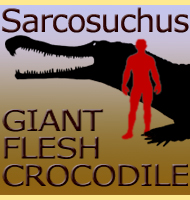 |
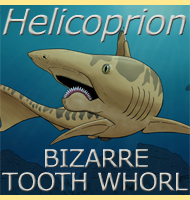 |
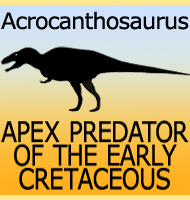 |
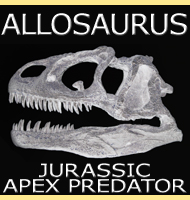 |
